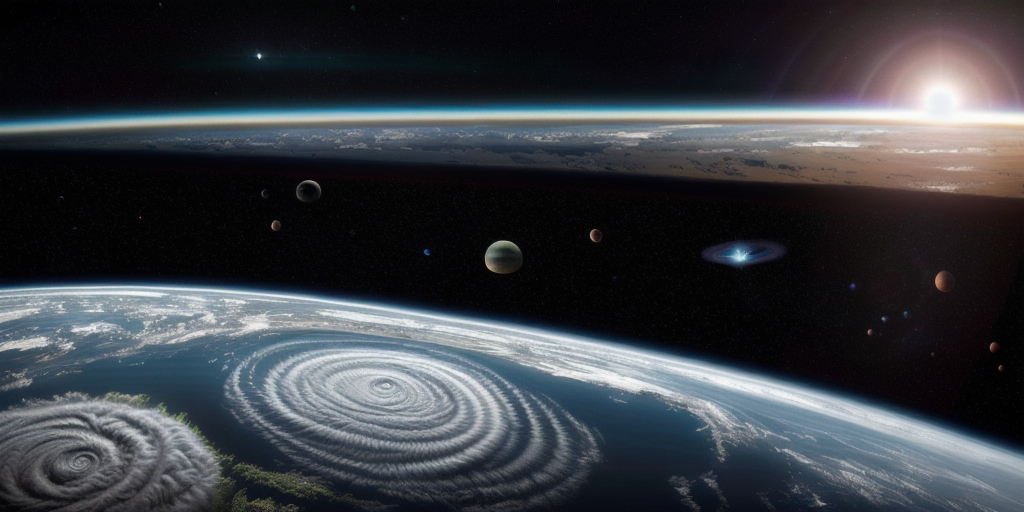
Estimating The Potential Of Ionizing Radiation-induced Radiolysis For Microbial Metabolism On Terrestrial Planets And Satellites With Rarefied Atmospheres
How did your country report this? Share your view in the comments.
Diverging Reports Breakdown
Estimating The Potential Of Ionizing Radiation-induced Radiolysis For Microbial Metabolism On Terrestrial Planets And Satellites With Rarefied Atmospheres
The concept of a Radiolytic Habitable Zone (RHZ) provides a novel framework for understanding the potential for life in high-radiation environments. The RHZ for Mars, Europa, and Enceladus represent the regions where radiolysis-driven energy production is sufficient to sustain microbial metabolism. We discuss the implications of these mechanisms for the habitability of such objects in the Solar system and beyond. We find that bacterial cell density is highest in Ence Gladus, followed by Mars and Europa. The concept of RHZ was first proposed by Dimitra Atri.
Ionizing radiation is known to have a destructive effect on biology by causing damage to the DNA, cells, and production of Reactive Oxygen Species (ROS), among other things.
While direct exposure to high radiation dose is indeed not favorable for biological activity, ionizing radiation can, and in some cases is known to produce a number of biologically useful products. One such mechanism is the production of biologically useful products via charged particle-induced radiolysis.
Some of the byproducts are impossible to produce with lower-energy radiation (such as sunlight), opening up new avenues for life to utilize them. The main objective of the manuscript is to explore the concept of a Radiolytic Habitable Zone (RHZ), where the chemistry of GCR-induced radiolysis can be potentially utilized for metabolic activity.
We first calculate the energy deposition and the electron production rate using the GEANT4 numerical model, then estimate the current production and possible chemical pathways which could be useful for supporting biological activity on Mars, Europa and Enceladus. The concept of RHZ provides a novel framework for understanding the potential for life in high-radiation environments.
By combining energy deposition calculations with the energy requirements of microbial cells, we have defined the RHZ for Mars, Europa, and Enceladus. These zones represent the regions where radiolysis-driven energy production is sufficient to sustain microbial metabolism. We find that bacterial cell density is highest in Enceladus, followed by Mars and Europa. We discuss the implications of these mechanisms for the habitability of such objects in the Solar system and beyond.
Dimitra Atri, Margaret Kamenetskiy, Michael May, Archit Kalra, Aida Castelblanco, Antony Quiñones-Camacho
Comments: International Journal of Astrobiology (in press), 31 pages
Subjects: Earth and Planetary Astrophysics (astro-ph.EP); Biological Physics (physics.bio-ph)
Cite as: arXiv:2207.14675 [astro-ph.EP] (or arXiv:2207.14675v2 [astro-ph.EP] for this version)
https://doi.org/10.48550/arXiv.2207.14675
Focus to learn more
Submission history
From: Dimitra Atri
[v1] Fri, 29 Jul 2022 13:50:08 UTC (298 KB)
[v2] Sun, 27 Jul 2025 15:16:07 UTC (812 KB)
https://arxiv.org/abs/2207.14675
Astrobiology, Radiation,
